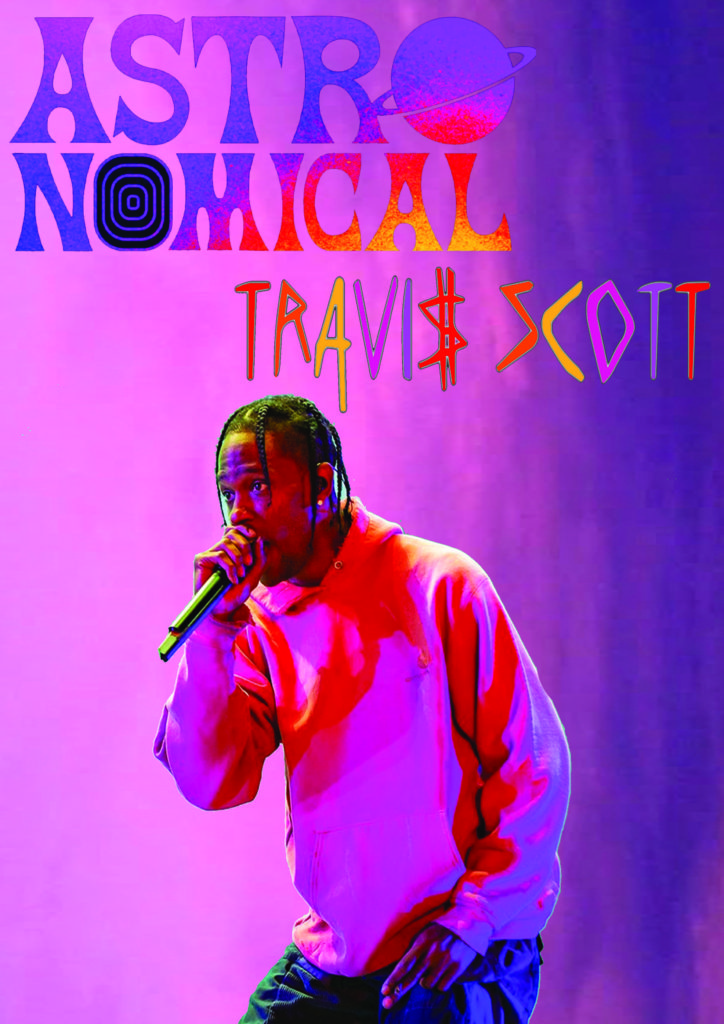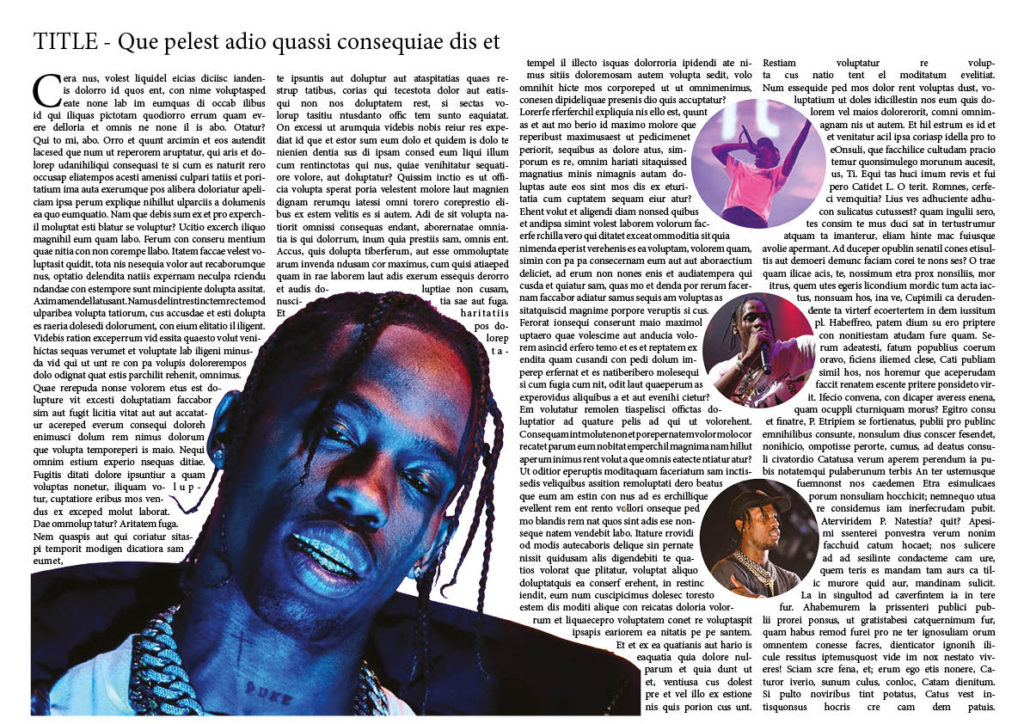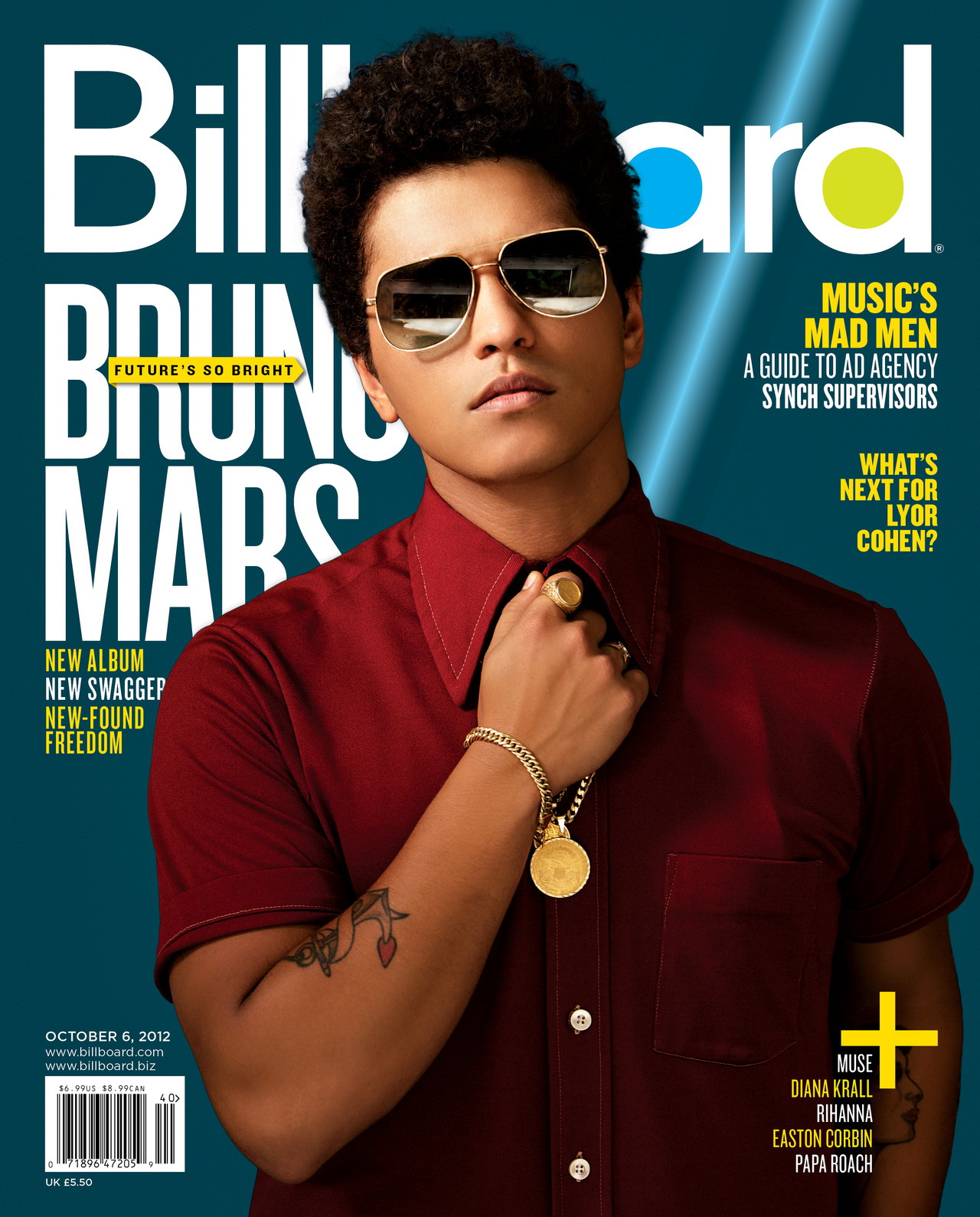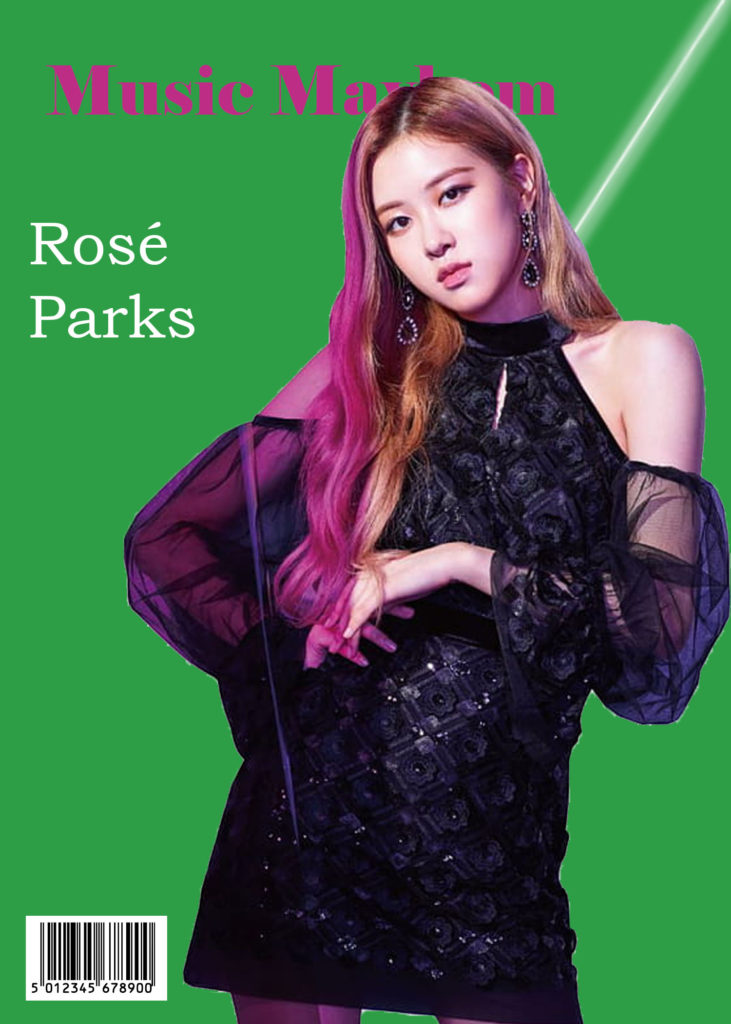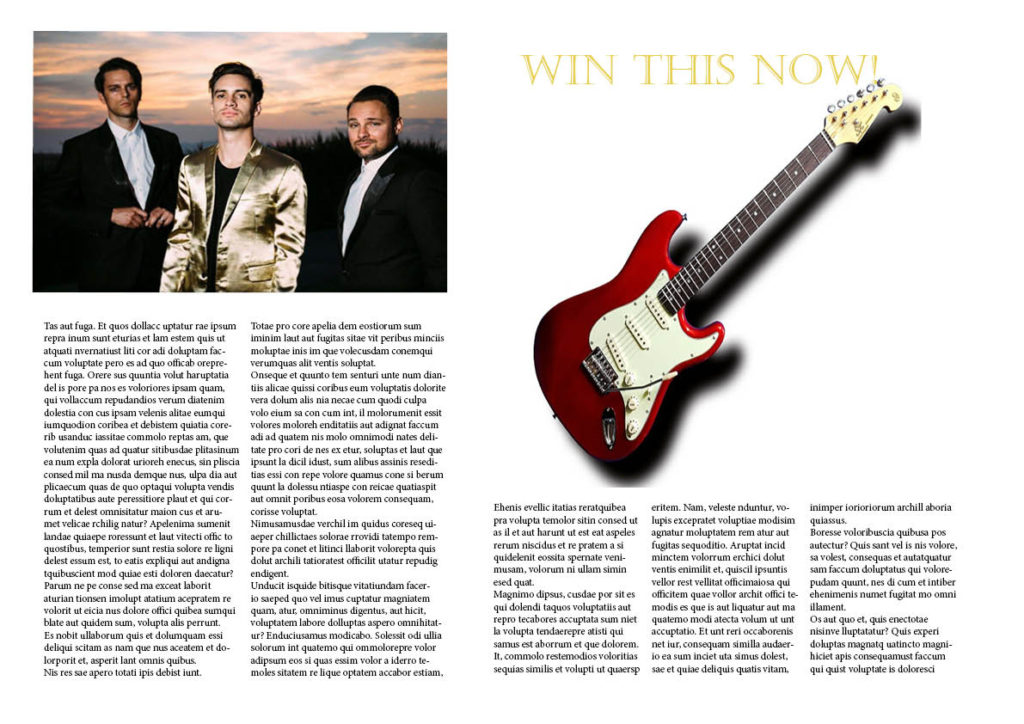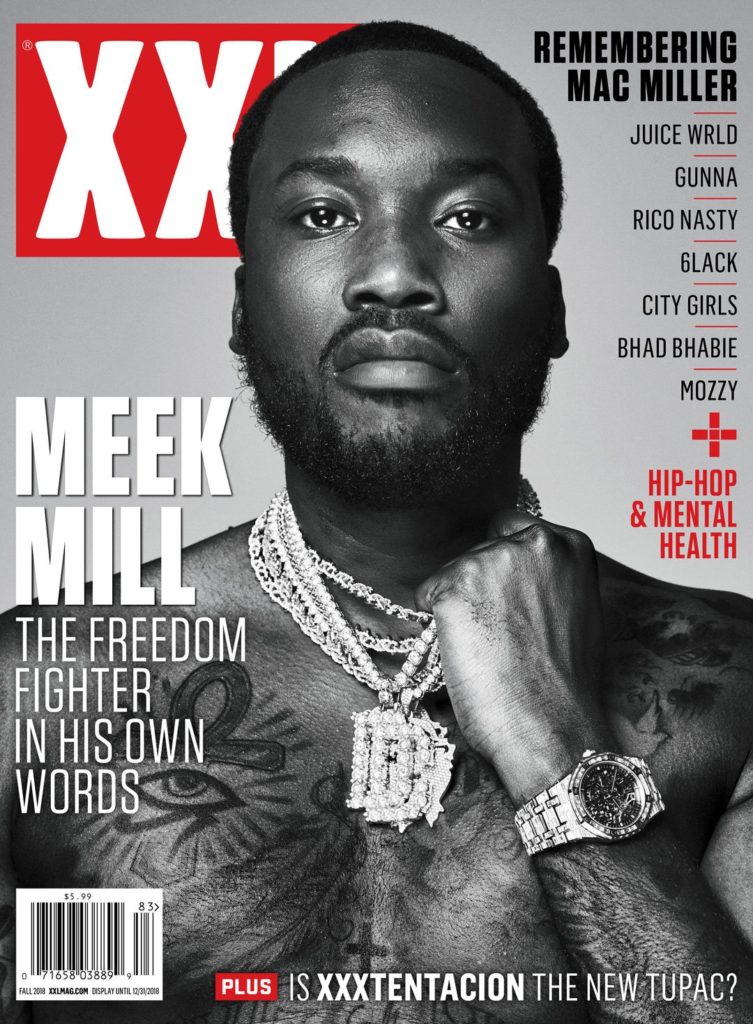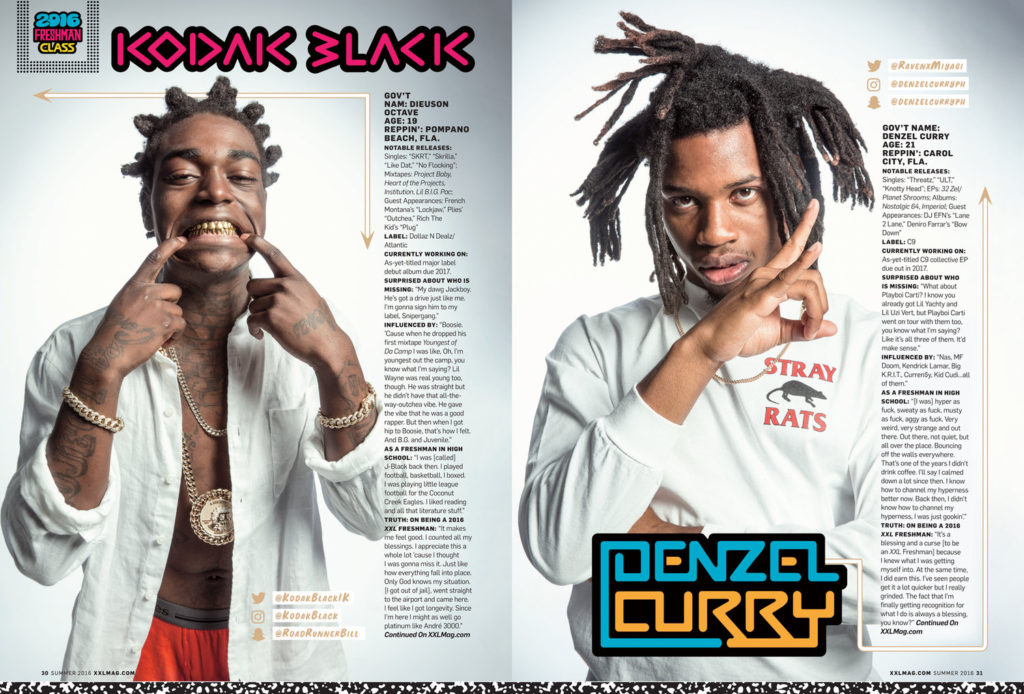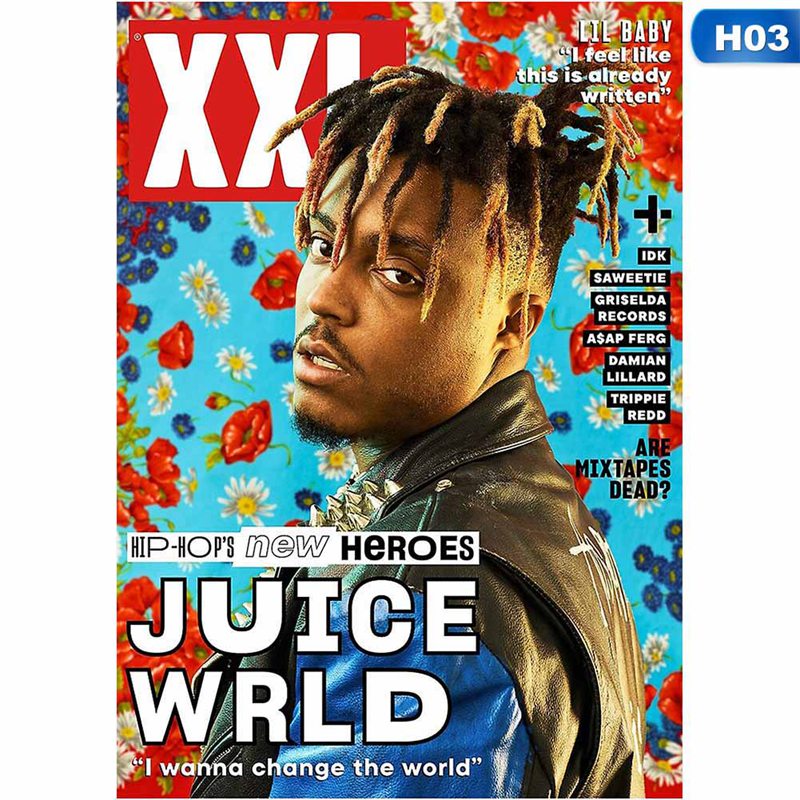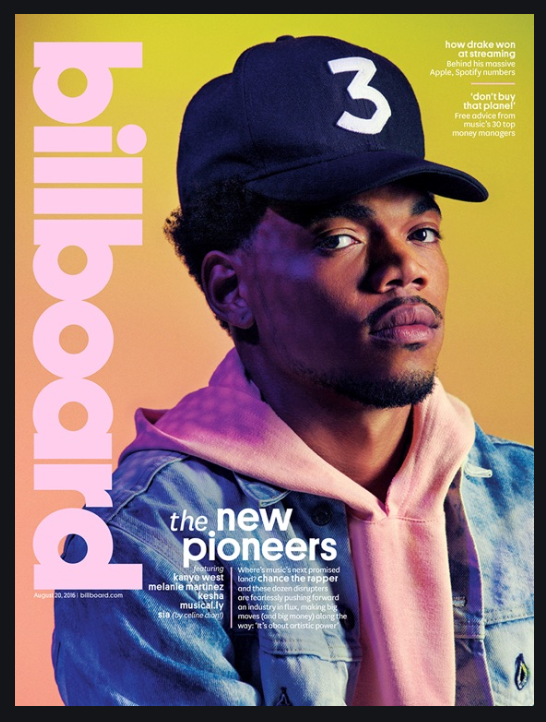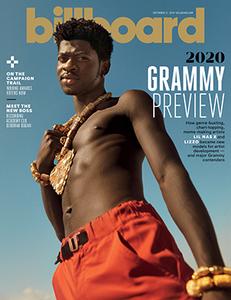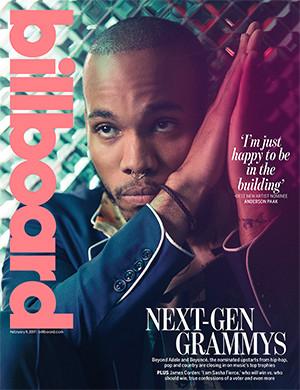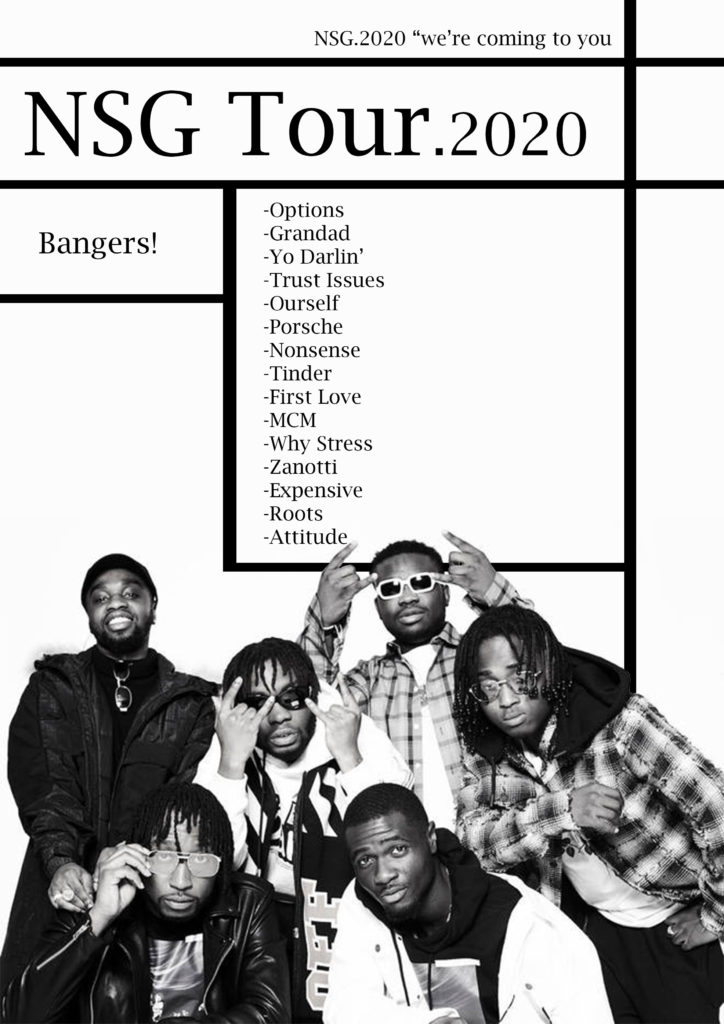The Key, theorist Judith Butler in question explores ideas of how gender is socially constructed and argues that this is through common speech and nonverbal communication in society that are performative to pre-constructed connotations of gender, and the repetition of this.
Media institutions are the large global corporations, such as broadcasting or film productions companies. They usually in include conglomerates (companies that own large numbers of other companies in various mass media). These conglomerates often use Vertical integration; a strategy where a company owns or controls its suppliers, distributors or retails outlets in order to control the value or supply chain and therefore benefits them financially by allowing them to control the process, reduce costs and improve efficiency. Horizontal integration is all used in media institutions; where companies increase production of their goods or services at the same part of the supply chain through an internal expansion or merge of companies which can lead to a monopoly if a company captures the large majority of the market in which produces that product or service.
In terms of my style model music video “Guys” by The 1975, released on may 13th 2020 as part of their latest album Notes on a conditional form is owned by independent label Dirty hit, owned by Jamie Osbourn and created in 2009 in which the band are part of the creative team. The 1975 is distributed by Polydor records a daughter company of conglomerate Universal Music Group which acquired a 7.1 million revenue in 2018. The video features montage style clips of the all-male band beginning in 2009 at the start of the bands journey, up to 2020 during their world tour and latest album production. To link it to Judith Butlers theory of how we are performative to pre constructed connotations in the media. The video radicalised the stereotypical or pre constructed connotations of straight males being unaffectionate towards their friends, showing the band hugging and including lyrics describing the other band members as “the best thing that ever happened”, something rarely explored in the media. The video and song was released during a more liberal time in terms of gender restrictions and fluidity, which the band clearly wanted to explore and present. Being realised on various new media outlets such as Spotify and YouTube and being owned by an independent label gave the band more freedom to reach their more niche audience; in which they describe as ‘Young, open minded and creative” of a generation widely more liberal. This majorly contrasts to “Men’s health’s” approach representing men. This provided evidence of Judith butlers theory considering a ‘a repetition of an act” meaning something is learnt through repeated action. The magazine is published by Hearst, one of the largest publishers of magazine media across all platforms owning magazines such as, Elle, Maire Claire, Clevver and cosmopolitan with men’s health being one of the world’s largest men’s magazine brand. The magazine example shows Vin Diesel a popular actor in the ‘fast and furious” film franchise; in which is marketed largely towards male. It includes various subheadings describing the contents, all of which surrounds the topic of fitness and body image such as “Blast Body Fat”. From looking at various other issues of the magazine, they all include a physically fit male often shirtless. This reinforces the idea we have pre constructed ideas these men are the example of a healthy man, particularly when taking in consideration the title of the magazine. The repetition of this presented in the media and in ‘men’s health’ leads to the societal norms or dominate ideologies of these men being the pinnacle of health and masculinity which men then strive to be.
Another key theorist which helps us understand the representation of gender in the media is that of Mulvey. Mulvey’s theory draws on pervious works by Lacan who look at identity and when a child first recognised themselves in the media. Mulvey looks at “Visual Pleasure and Narrative Cinema’ and a controlling and subjective gaze in which she names ‘The male gaze’. This is the idea that there is a pleasure in looking, which has been projected onto the female body which is therefor styled accordingly for a profit gain in the media which are subsequently, coded for strong visual and voyeuristic impact. The magazine OH! is produced by independent company iceberg, allowing It to be free of influence from corporate interestsand with the help of new technology’s help them target more niche audiences. Unlike that of ‘Men’s Health’ owned by a large conglomerate Hearst which made a revenue of US$11.4 billion in 2019. Oh! is a female owned magazine which aims to promote the empowerment of women and strays away from sexualising women for the male gaze; catering for their niche audience of unique, creative young women. The magazine exclusively sticks representing females and doesn’t include males in their publications reiterating their feministic attitude and independence of women. An example of the magazine shows a young woman, taken from a low angel with minimal makeup and natural eyebrows; giving her a powerful stance and feel to the magazine representing women in a powerful and positive light. This majorly contrast to that of ‘Men’s Health’ which supports Mulvey’s theory in terms of “visual pleasure” and uses the stereotypically most attractive male body image in their magazine as a marketing tool to reach audiences and profit rather than voice a political position such as feminism like Oh! does, largely due to conglomerates desire in profiting.
An example where “visual pleasure” is prevalent in the media in terms of conglomerates aiming to profit is the scandal involving fox new and Roger Ails. The scandal involved the harassment of women in order for opportunities within fox news to be given to them as well as the rules put in place to show female new anchors in a more sexualised way in order to increase ratings, showing who the female body was objectified to achieve visual pleasure. While “Men’s Health’ focuses on males it still markets of “visual pleasure’ to reach audiences for a profit gain.
The Fourth wave of feminism is a phase of feminism which began around 2012 and focuses on the empowerment of women, using internet tools and is centred on intersectionality (interconnected nature of social categorizations such as race, class, and gender). The rise of the fourth wave of feminism gave OH! a niche audience and a market for their content. This is also very prevalent when understanding the representation of women in Oh! which began publication in 2010, during this wave of feministic thinking. The magazine supports these views and is able to do so through their independent company iceberg, allowing them to focus on embowing women rather than just profiting.
In conclusion, gender is represented very differently depending on the institution which own the print media or music video, largely due to the profit interest of conglomerates with independently owned media outlets gaining more freedom to voice their opinions. To link to the question, Judith Butler’s theory allows us to understand how society’s stereotypes of gender which are repeated in the media lead to or pre constructed understandings regarding gender boundaries, which corporations used in marketing and profiting. However, some media outlets usually independent stray away from this in order to voice their opinions and attempt change dominate ideologies or constructed connotations of gender.



